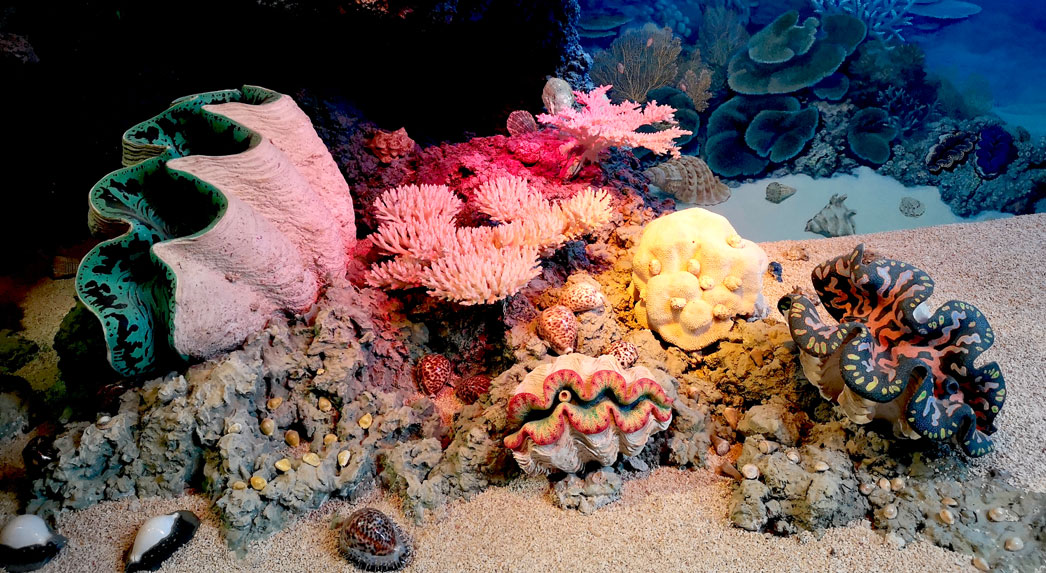
22 Ways to help save the planet when you die
January 14, 2019
This article was written prior to 15 March 2021, before the launch of the new Financial Advice Regime, and was published for information purposes only. It is not being actively promoted by Dollar Insurance. Dollar Insurance does not provide financial advice about the suitability of their products and cannot take into account your personal situation or goals. Before you decide to take out a Dollar Insurance Policy, you should read the relevant Policy Wording document which contains the terms, conditions, and exclusions of the Policy, and seek independent financial advice, if required, to ensure the insurance policy is suitable for you.
Taking care of the planet is important to a lot of us. We do our best to reduce, reuse and recycle every day, putting the environment first as we go about our lives.
But what about in death? There are plenty of ways to be eco-conscious after we’re gone.
Here are just 22 of the many ways to help save the planet when you die:
1. Skip the embalming.
Say no to harsh chemicals that eventually end up in the soil or ground water. Natural oils can be used instead, or you opt out of any type of embalming completely.
2. Select a sustainable coffin.
Traditional wood coffins are treated with stains and sealants that are no good for the planet, but there are plenty of earth-friendly options. Think untreated wood, bamboo, wicker and even sturdy cardboard!
3. Wear clothes you already own…
Why waste a new outfit on your own funeral? Ask to be buried or cremated in something already in your closet—maybe a favourite dress, Sunday suit or a piece of clothing representing your culture.
4. …Or get buried in just a shroud.
“Dressing down” for your funeral is an option, too. Simple burial shrouds made from linen, cotton or burlap break down without releasing toxins into the ground or air.
5. Pick a natural burial ground.
Traditional cemeteries aren’t kind to the earth: They take up land that can’t be used for anything else, use up water to keep lawns green and may use pesticides to kill weeds. Natural burial grounds are more like a wild wood, with little landscaping and “no chemicals” policies.
6. Choose cremation…
Like being buried, cremation has its pros and cons when it comes to impacting the environment. But, if you’re worried about how traditional cemeteries effect the planet, you might consider this option.
7. …But don’t add items to the casket beforehand.
Burning items with the deceased can make cremation a less eco-friendly option, as some objects can release nasty toxins into the air. Ask your family to keep any cherished items instead.
8. Mix your ashes with a tree.
Want to be truly one with nature? Specially-made urns hold your ashes and a seed, so you’ll be a part of the sapling as it grows!
9. Sleep with the fishes.
Reef balls are concrete structures placed on the ocean floor to help grow new coral reefs. You can have your ashes mixed with the concrete before it sets, giving you a fish-eye view for the rest of eternity!
10. Pick alkaline hydrolysis.
Maybe the eco-friendliest option around, alkaline hydrolysis uses water to break down the body. This process is pretty new, so it might not be available in your area just yet.
11. Say no to flowers…
Flower farms often use pesticides to protect harvests. They also use a lot of water, taking it from other areas and sometimes even driving up the price of water for locals. Ask mourners to bring plants or flowers from their own garden or something more useful, like a home-cooked meal.
12. …But yes to donations!
Another option if you’re banning flowers is to ask for charity donations instead. Pick an organisation working to protect the planet or another that’s close to your heart.
13. Or encourage volunteering!
If mourners can’t give money, maybe they can give their time instead. Ask your family to organise a volunteering day in your memory after you’re gone.
14. Skip the order of service booklets…
Some people like to have a small memento from a loved one’s funeral service, but printing order of service booklets does use up paper and electricity. A digital slideshow featuring photos from your life could be just a special.
15. …Or have them printed on recycled paper…
If you just can’t imagine your funeral without a physical keepsake, then consider having the order of service booklets printed on recycled paper.
16. …Or just print them for close family or friends.
You could also ask that only those closest to you—such as your immediate family—receive a physical booklet.
17. Travel to the church in an electric vehicle…
Instead of using a petrol-powered hearse or limos, see if there’s an electric option to transport your body and family to and from the service.
18. …Or a horse and carriage.
Electric isn’t an option? Your coffin could be moved from the church to the cemetery by horse (as long as it’s not too far and council gives the okay).
19. Have mourners walk or take public transport…
If the journey’s not too far, people can walk or take public transport to the funeral service (and maybe the cemetery, too). That way, less carbon is being released into the atmosphere.
20. …And encourage others to carpool.
Some mourners may not be able to walk or catch the bus, but they might be able to carpool with others who live nearby.
21. Serve a vegetarian or vegan spread…
Meat isn’t the friendliest food for the planet. Help lower your funeral’s carbon footprint by serving only vegetarian or vegan dishes at the wake or after the burial. Family could also ask that any meals made by others be vegetarian, too.
22. And donate or compost the leftovers.
Food waste is a big issue in NZ. Rather than toss uneaten leftovers from the wake, donate them to a family in need. Anything that can’t be used can be composted instead.
About the author: Dollar Insurance is all about making insurance as painless as possible, with easy to get funeral cover, for just $1 a day.
Disclaimer: The information provided in this article is of a general nature only and does not take into account your personal situation or goals. You should consider whether the information is appropriate to your needs and seek independent financial advice, if required, to ensure an insurance product is suitable for you.
Any product information is correct at the time this article was published. For current product information, please visit the Dollar Insurance website.




